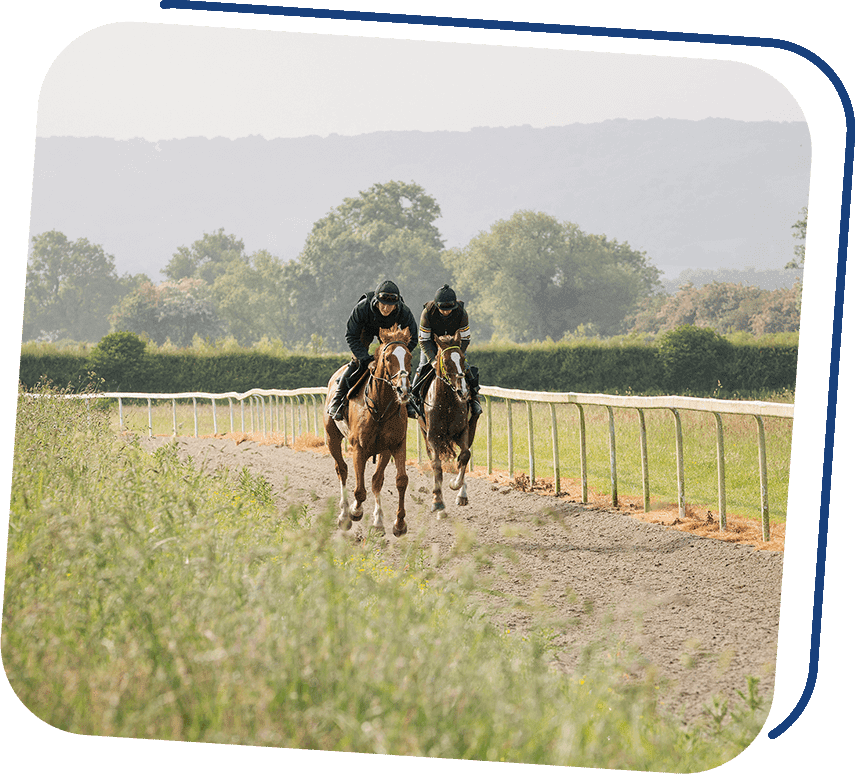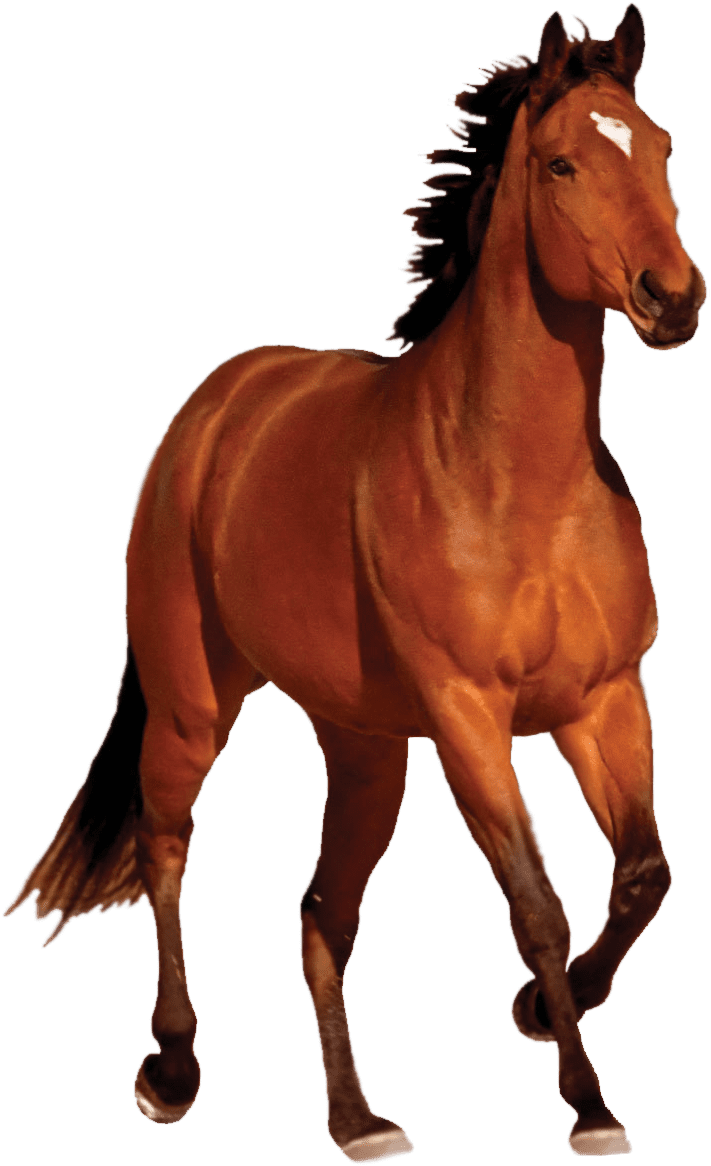What does
Ownership Offer?
As long as you register your bank details when you complete the ownership paperwork Racing Australia will pay all prize money directly into your bank accounts.
Yes, absolutely you can contact the trainer or arrange a suitable time for both parties to meet at the stable’s conditions permitting.
Every month you will receive a bill for all horse expenses which will include all treatments provided to the horse over the course of the previous month. The invoice will arrive no later than the middle of each month payable by the end of that month.
In Victoria, all registered owners and syndicate members receive an owner’s card which streamlines racecourse entry on race day, plus offers a free race book and a drink voucher.
Every owner will get an opportunity to submit their name ideas and then all names are submitted to be voted on until we have a clear winner.
At the end of the career owners have the option to vote on sending the horse to online sale, retrain for a potential Off the Track (OTT) Eventing or Show Jumping horse or for us to find the horse a nice home for retirement.
Up to 20 owners can have their names in the racebook. If you own a share equal to or greater than 5%, you will be registered as an owner, and your name will appear in the race book. If you have a minor share or less than 5% then your name may not appear or you’re involved in a syndicate, the syndicate name will be listed.
The preparation and training of a racehorse is very well timed and a well-prepared campaign. Depending on the goal of the trainer and the horse’s owners, a horse may race as often as once a week in preparation for a goal race but general rule of thumb is once every 14-21 days your horse should be up racing throughout each prep.
More Information
About Racing
A colt is defined as an uncastrated male horse up to and including the age of four years old.
When an adult male horse over the age of four is left intact, this is called a stallion which can be used for breeding and can increase the value of the horse if he has a successful racing career to date when sold.
A horse that gets castrated is called a gelding. This is performed for a variety of reasons which will always be explained by the trainer at the time the request is made to the owners.
A filly is a female horse under the age of four years of age.
A mare is a female horse over the age of five which can continue to race and then be used to breed from once their racing career has ended.
The trainer usually picks the jockey that is best suited to the horse for each race.
The distances at which a horse is most capable can vary by its age, fitness, physical attributes and pedigree for example if they are a bred as a sprinter or a longer staying horse. When a horse is just at the beginning of its career or returning from a lengthy break, it may be entered in a short race to build up its fitness, and then gradually increase distance over time in the prep.
All racetracks are given a rating and scale (from 1-10) on the day of a meeting to describe their condition. The ratings are as follows:
| FIRM | 1 | Dry, hard track |
| FIRM | 2 | Firm track |
| GOOD | 3 | Track with good grass coverage and cushion |
| GOOD | 4 | Track with some give in it |
| SOFT | 5 | Track with a reasonable amount of give in it |
| SOFT | 6 | Moist but not badly affected track |
| SOFT | 7 | More rain-affected track that will chop out |
| HEAVY | 8 | Rain-affected track that horses will get into |
| HEAVY | 9 | Wet track getting into a squelchy area |
| HEAVY | 10 | Heaviest category track – very wet, towards saturation |


What Are
Track Ratings?
All racetracks are given a rating and scale (from 1-10) on the day of a meeting to describe their condition. The ratings are as follows:
| FIRM | 1 | Dry, hard track |
| FIRM | 2 | Firm track |
| GOOD | 3 | Track with good grass coverage and cushion |
| GOOD | 4 | Track with some give in it |
| SOFT | 5 | Track with a reasonable amount of give in it |
| SOFT | 6 | Moist but not badly affected track |
| SOFT | 7 | More rain-affected track that will chop out |
| HEAVY | 8 | Rain-affected track that horses will get into |
| HEAVY | 9 | Wet track getting into a squelchy area |
| HEAVY | 10 | Heaviest category track – very wet, towards saturation |

Get into
the Details
We take pride in our ability to learn the fundamentals of virtually any industry or technology quickly. Some of the markets we have served include green technologies, medical devices, biotechnology, Internet/e-commerce, telecommunications, distance education/e-learning, real estate, financial services, healthcare services, manufacturing, retail, food service, consumer products, media and entertainment, aerospace, artificial intelligence, enterprise software, insurance, energy, and networking. Having said that, we believe that the value we bring to the table is not industry expertise — which you already possess in abundance — but rather an understanding of what investors like to see in a potential opportunity.
We help entrepreneurs get ready to raise capital. This usually consists of some or all of the following services:
- Business plan development
- Financial forecast development
- Pitch deck (investor presentation) preparation
- Strategy development
- Market research and analysis
- Competitor research and analysis
- Financial analysis
- General coaching and advisory services
- Capital formation strategy
Please note that we cannot help our clients raise capital. This is a service that is heavily regulated. In general, only brokers licensed with the Financial Industry Regulatory Authority (FINRA) can legally offer this type of service. Please make sure that any “finder” you talk to is properly licensed with FINRA before you hire them.
Of course not. Nobody can make that guarantee (and if somebody ever makes that guarantee, it’s a good idea to run away quickly). A good plan is essential, but a plan alone will not get funded. Although we will do our best to help you prepare, we have no control over how well you present yourselves to investors, or how well you answer their questions. We can coach and we can mentor, but at the end of the day, it’s your business and you must close the deal.
We can sometimes make informal introductions to potential investors or other intermediaries. In general, only brokers licensed with the Financial Industry Regulatory Authority (FINRA) can legally arrange financing (see Beware of Finders in our Blog). Please seek legal counsel and make sure that any “finder” you talk to is properly licensed with FINRA before you hire them. Failing to do so may expose you and your company to significant liability.
No, we are management consultants, not investors.
If you run a business, then it’s probably safe to say yes. In fact, you may require more than one business plan: one for raising capital and one for running your business. The former is a compact, easily digested strategic document that is designed to persuade potential investors to pick up the phone and invite you to their offices for an initial meeting. The latter is a more detailed document serving as a day-to-day roadmap, detailing the tactics supporting your overall strategy. The former needs to be an attractive document that sells; the latter can be a collection of spreadsheets, lists, research summaries, and other documents stuffed in a binder that you refer to and update on a regular basis. We specialize in preparing the capital-raising business plan, but many of the by-products are suitable for use in the operating business plan.
















